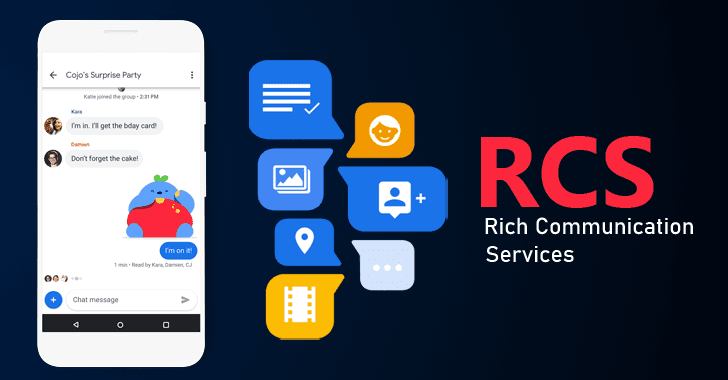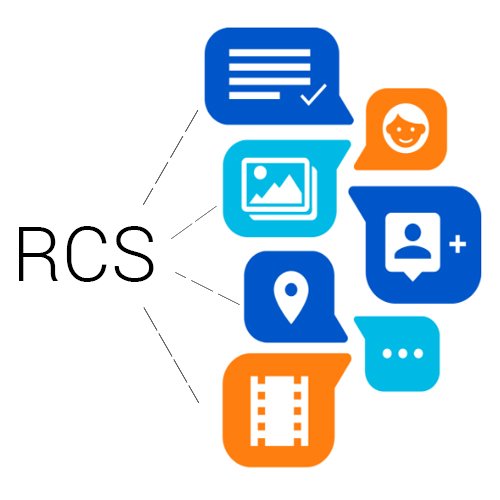
In today’s fast-paced digital world, the way businesses communicate with customers is constantly evolving. Traditional SMS is no longer enough to deliver interactive, personalized, and engaging experiences. This is where Rich Communication Service (RCS) messages come into play. RCS is changing the face of business communication by bringing advanced features, multimedia support, and a richer user experience — all within the phone’s native messaging app.
What Is Rich Communication Service (RCS)?
Rich Communication Service, or RCS, is an upgraded version of SMS designed to make messaging more dynamic and interactive. It allows users to send images, videos, location maps, carousels, and even payment links — all in a single conversation. Unlike standard text messages, RCS messages look and feel like modern chat apps such as WhatsApp or iMessage, giving customers a seamless experience without needing to download anything extra.
For businesses, this means an opportunity to deliver branded, secure, and visually rich conversations directly to customers’ mobile inboxes.
Why Businesses Are Moving Toward RCS Messaging
Companies across industries — from retail to banking — are adopting RCS because it enables two-way, engaging communication. Here’s how it’s transforming the way businesses connect with their audiences:
1. Enhanced Brand Experience
RCS messages allow brands to include logos, verified sender IDs, and company colors. This builds trust and authenticity while helping businesses stand out in the crowd. Customers instantly know they are interacting with a genuine brand, not a spam message.
2. Interactive and Engaging Conversations
Instead of plain text, RCS supports interactive buttons, product images, videos, and quick replies. For example, a customer can book a flight, check delivery status, or make a payment — all within the chat window. This frictionless communication increases customer satisfaction and boosts engagement rates.
3. Higher Conversion and Response Rates
With interactive features and clear call-to-action buttons, RCS messages deliver better results than traditional SMS. Studies show that businesses using RCS see higher click-through and conversion rates because users find the experience more convenient and engaging.
4. Cost-Effective Customer Support
RCS can also serve as a powerful customer support tool. Companies can use it for appointment reminders, feedback collection, or troubleshooting — reducing the need for phone calls or separate apps.
How RCS Benefits Businesses and Customers
For businesses, RCS messaging combines the reach of SMS with the functionality of chat apps. It creates a branded, secure channel for communication without relying on third-party apps.
For customers, it offers a familiar yet enhanced messaging experience — richer visuals, faster responses, and the convenience of handling transactions in a single chat thread.
This win-win combination makes RCS a preferred choice for brands seeking to build stronger relationships and deliver memorable customer experiences.
The Future of Business Communication with RCS
RCS is not just a messaging upgrade — it’s the future of mobile engagement. As mobile network operators and smartphone manufacturers continue to support RCS, its adoption is expected to grow rapidly worldwide.
Businesses that adopt RCS early gain a competitive advantage by standing out in customers’ inboxes with professional, engaging, and interactive communication.
Final Thoughts
Rich Communication Service messages are revolutionizing the way businesses communicate. From personalized marketing campaigns to customer support and interactive transactions, RCS offers a world of possibilities for brands to connect and engage effectively.
Companies like SahiSMS are helping businesses embrace this powerful communication tool by offering Rich Communication Service (RCS) messages that are reliable, scalable, and designed to meet modern customer expectations.
If your business wants to move beyond plain text and create real-time, interactive conversations, RCS messaging is the next big step in business communication.







